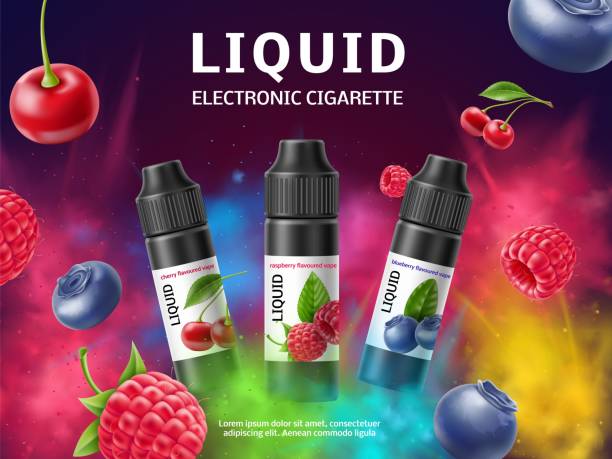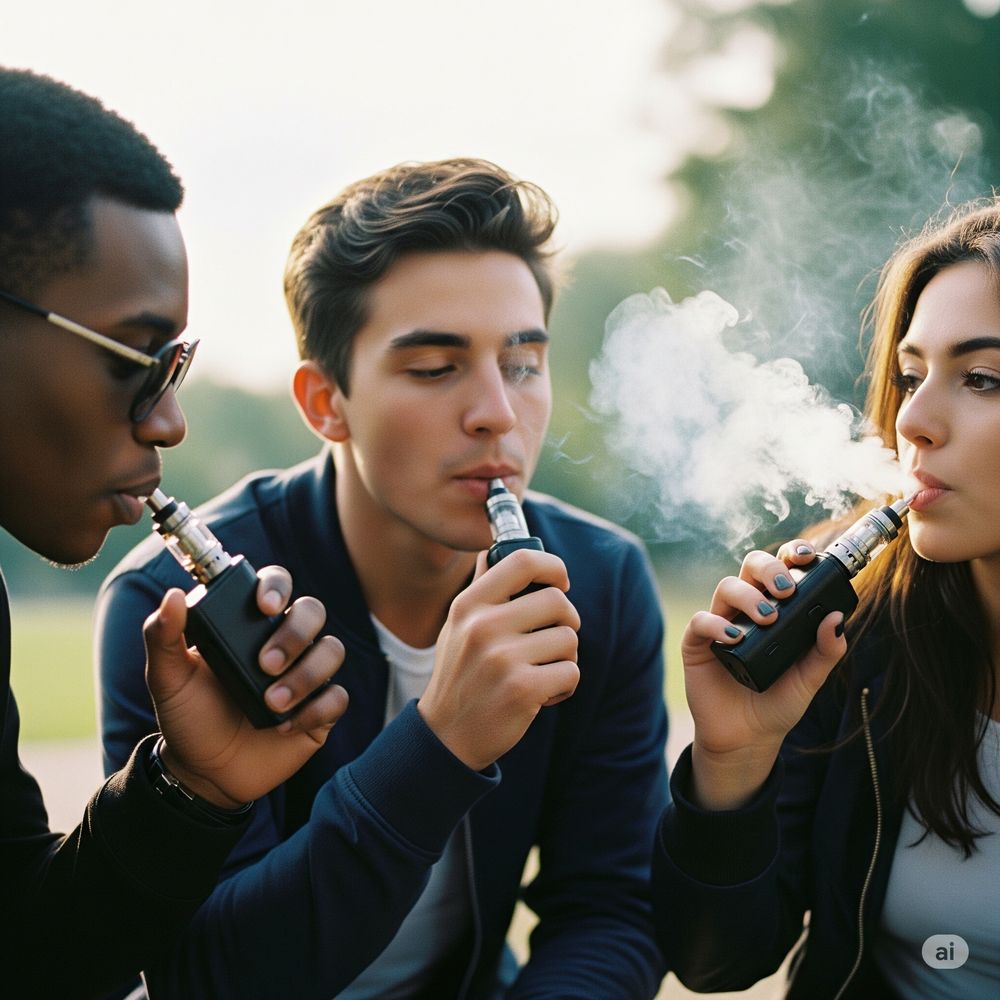Flavor Trends Shaping Modern Vaping
Flavor trends have become a driving force behind the evolving vaping industry, significantly influencing consumer preferences and product innovation. This shift highlights how tastes have expanded beyond traditional tobacco and menthol, embracing diverse and complex flavor profiles. As users seek unique sensory experiences, manufacturers respond with inventive blends that cater to evolving palates. This transformation not only affects product development but also shapes marketing strategies and cultural perceptions. Understanding these changes provides insight into how the vaping landscape adapts to consumer demands while navigating regulatory challenges and health discussions.
Flavor Trends: Redefining Consumer Expectations in Vaping
The modern vaping market witnesses a surge in demand for inventive and sophisticated flavor options. Consumers increasingly favor combinations that blend sweetness, fruitiness, and even savory notes, departing from simple, singular tastes. This evolution reflects broader trends in food and beverage industries, where flavor complexity gains importance. Furthermore, the variety available allows users to customize their experiences, fostering greater personal connection to the products.
Manufacturers play a crucial role by investing in research and development, aiming to create flavors that stand out while maintaining safety standards. Innovative techniques in flavor extraction and blending contribute to this dynamic growth. Moreover, these trends impact retail and online platforms, where product differentiation drives competitive advantage. Consequently, vaping enthusiasts actively seek out limited editions and exclusive releases, intensifying market competition and consumer engagement.
Navigating Challenges in the Era of Flavor Innovation
While the popularity of new tastes boosts industry growth, it also raises regulatory and health-related concerns. Authorities worldwide scrutinize flavor profiles, particularly those appealing to younger demographics, leading to complex legal landscapes. Companies must balance creativity with compliance, adjusting product offerings accordingly. This environment encourages transparency and responsible marketing to build consumer trust.
Simultaneously, education efforts aim to inform users about ingredient quality and potential risks, promoting safer consumption practices. Industry stakeholders collaborate with scientific communities to refine product standards and improve safety protocols. These efforts reflect an evolving dialogue between innovation, regulation, and public health priorities, shaping the future trajectory of vaping culture.
Ultimately, flavor trends illustrate how modern vaping continuously transforms, driven by consumer tastes and technological advances. The interaction between these factors fosters an adaptive market that meets demand while confronting emerging challenges. This ongoing evolution underscores the significance of flavor in defining the identity and direction of the vaping experience today.














